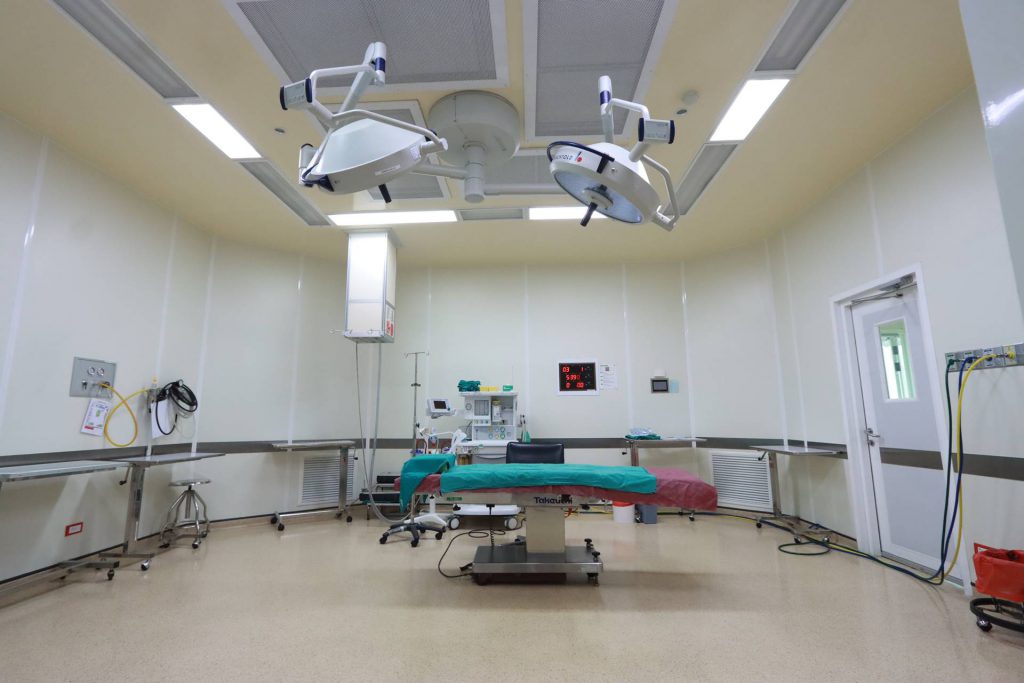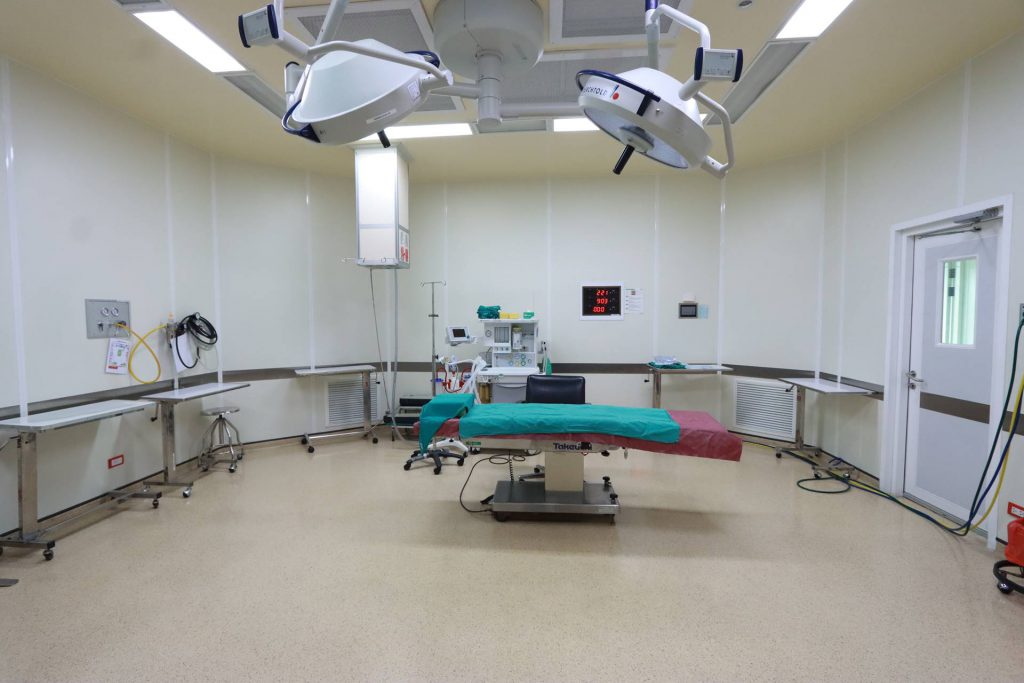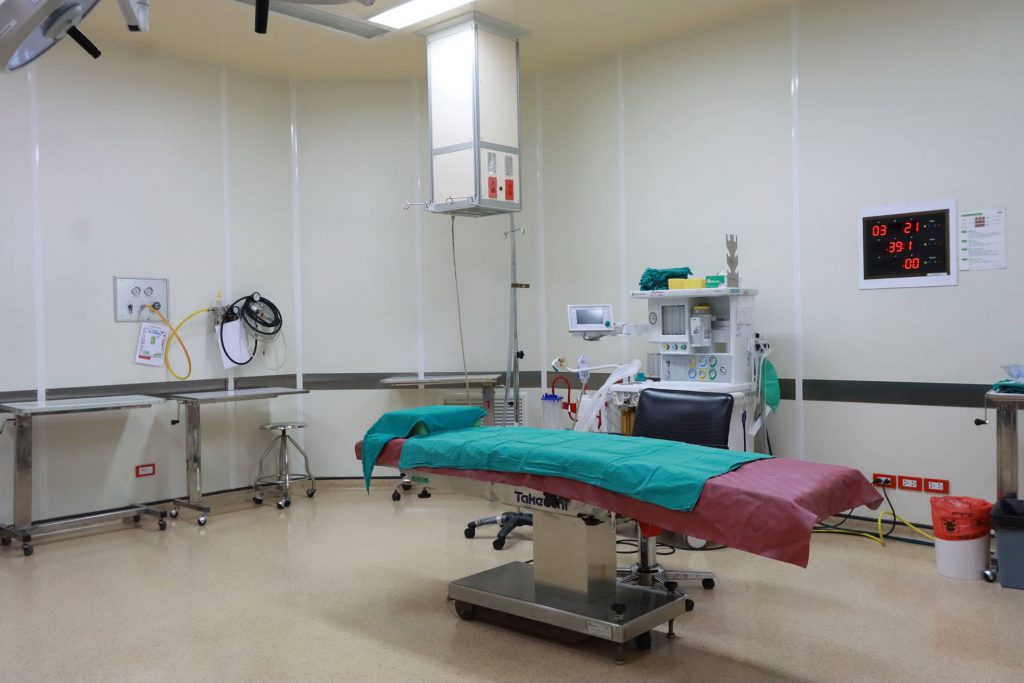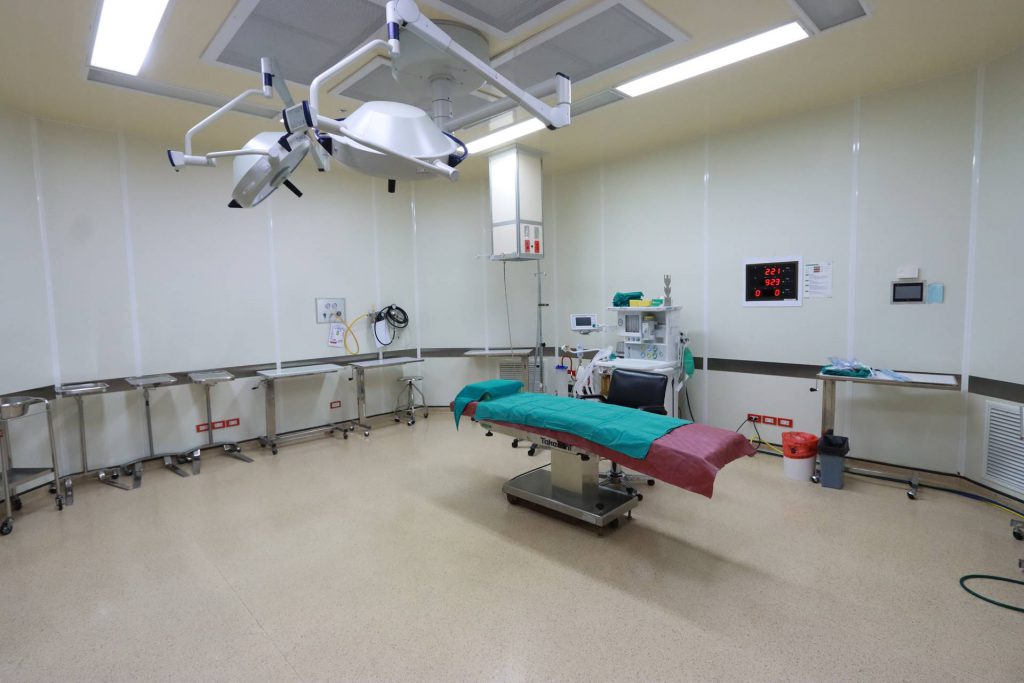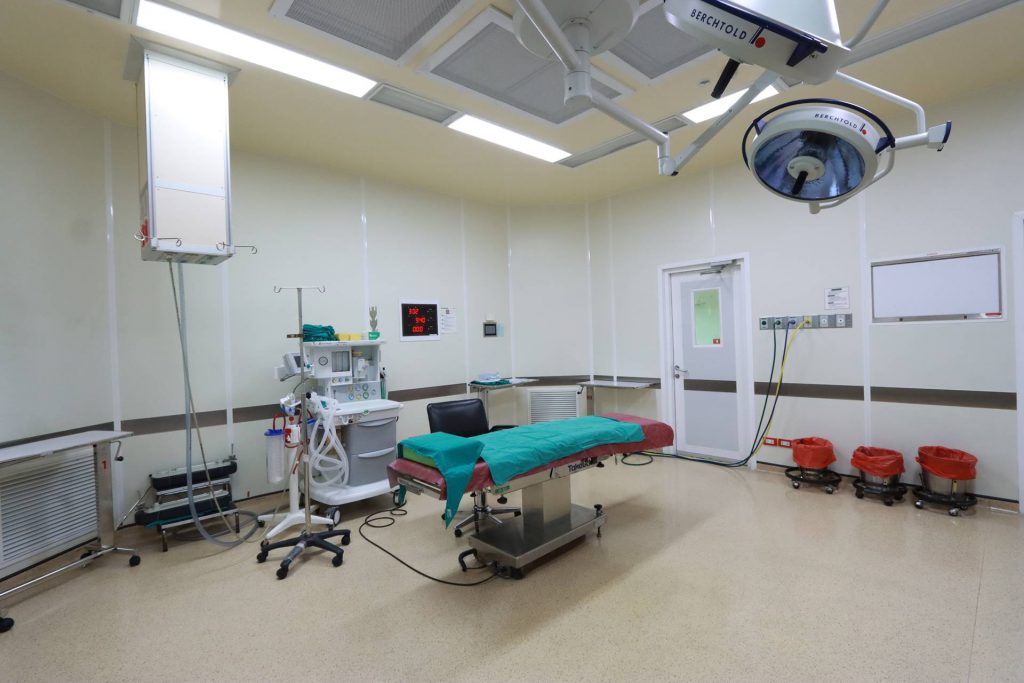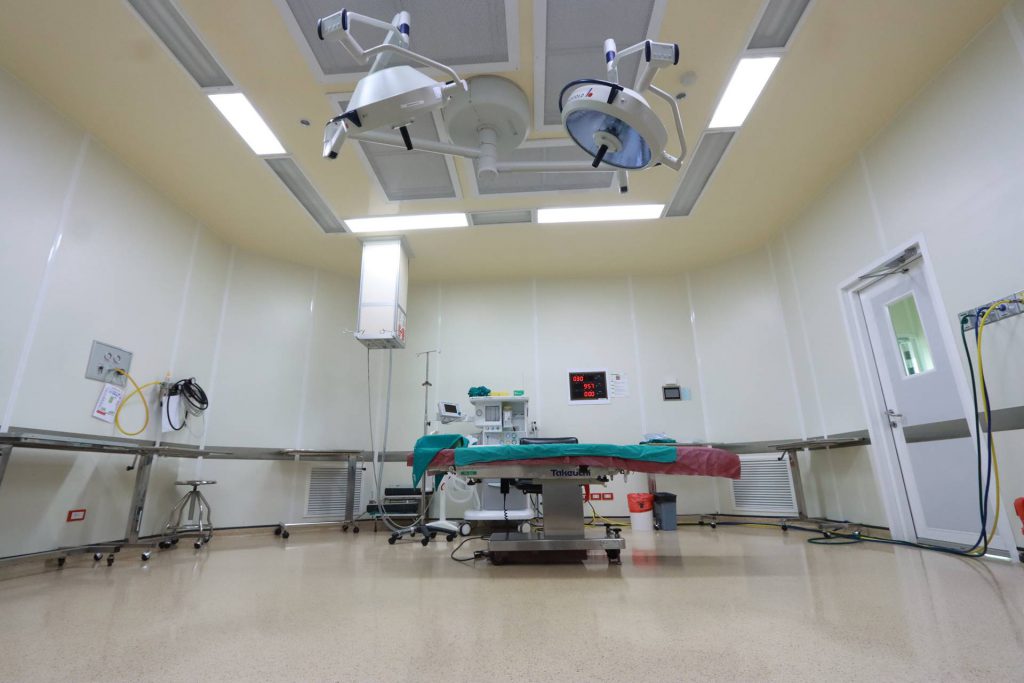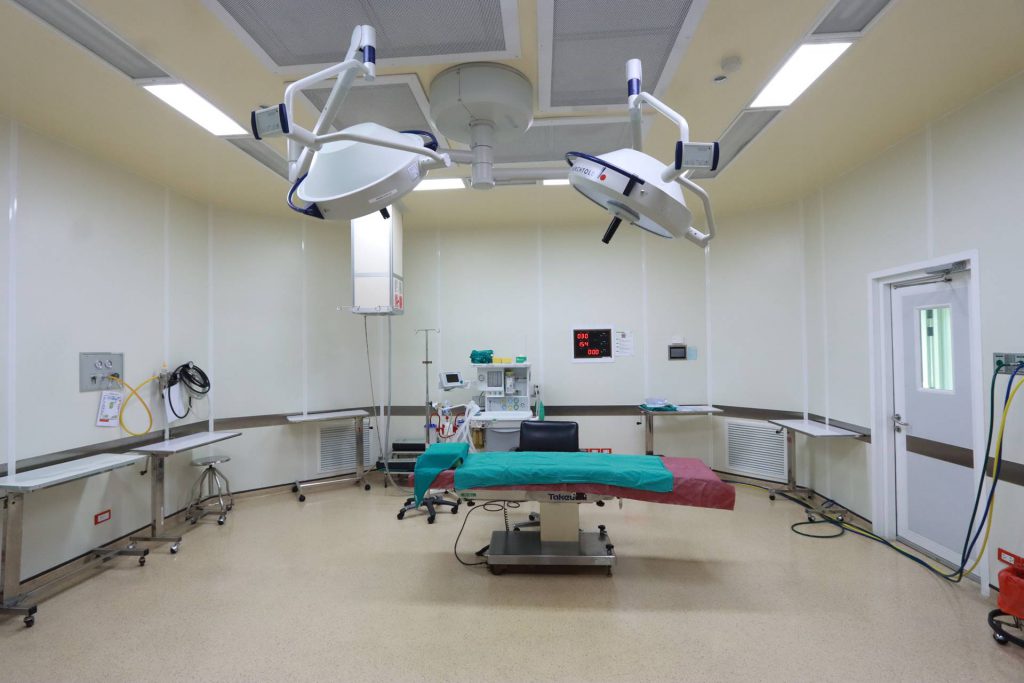- Home
- Medical Technology
- Orthopedic and Arthroscopic Surgery
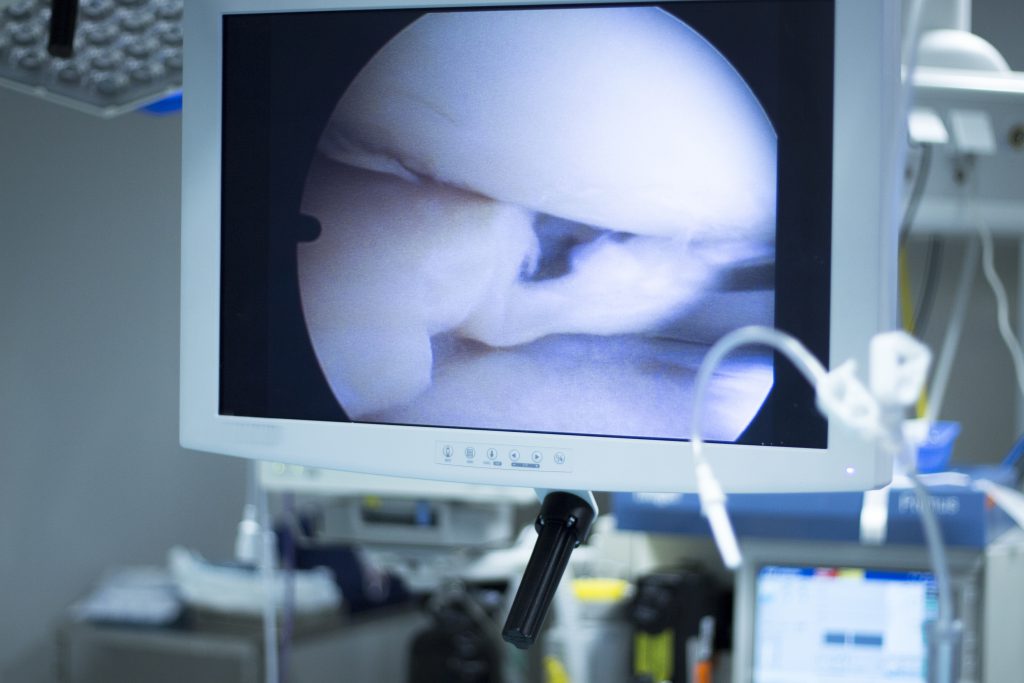
This is a very small laparoscopic surgery through the bone joint. This method results in eliminating the need to dissect a significant part around the joint. Therefore, the incision is very small.
Pros of Arthroscopic Surgery
Since an arthroscopic camera can now assist the surgeon in the diagnosis to see the condition of the injury or problems that occur within the joints elaborately and precisely. Therefore, the treatment is very effective and can be treated through a camera in a single step. This will reduce pain after surgery and recovery at the hospital and physical therapy can be faster performed. Consequently, the patient’s joint would heal faster.
Pros of Orthopedic and Arthroscopic Surgery
- Small incision
- Slight inflammation
- Reduced surgical complications
- Reduced recovery at the hospital
- Faster recovery
Joints and symptoms included for examination and treatment by arthroscopic surgery
Knee joint
Knee joint includes the conditions of torn tendons and meniscus and chronic joint pain from osteoarthritis along with pain and swelling. The purpose of the treatment is to reduce and relieve pain, enhance the use of the knee joint, reduce the tearing of cartilage, and prolong the duration of surgery. Joint replacement surgery is to reduce inflammation and water buildup in the knee joint.
Shoulder joint
Shoulder joint includes tendon tear, dislocated shoulder, and frozen shoulder joint.
Wrist joint
Wrist joint includes carpal tunnel syndrome, chronic numbness pain, and wrist disc injury.
Ankle joint
Ankle joint includes cartilage injuries and the presence of adhesions.
Elbow joint
Elbow joint includes cartilage injuries in the joint.
How long does it take to stay in the hospital for arthroscopic surgery?
Patients undergoing arthroscopic surgery in the absence of congenital disease and other complications take only 1-2 days to stay in the hospital.
What is the size of the incision from arthroscopic surgery?
The incision from arthroscopic surgery is only 4-5 millimeters in size. Within the first 2-3 days after the surgery, the patient will feel pain from the surgical incision but can move that joint immediately.
เมื่อคุณเข้าชมเว็บไซต์ใดก็ตาม ไซต์นั้นอาจจัดเก็บหรือดึงข้อมูลจากเบราว์เซอร์ของคุณ ส่วนใหญ่แล้วอยู่ในรูปแบบของคุกกี้ ข้อมูลนี้อาจเกี่ยวกับคุณ การตั้งค่าของคุณ อุปกรณ์ของคุณ หรือเพื่อช่วยให้ไซต์ทำงานอย่างที่คุณต้องการ ซึ่งมักเป็นข้อมูลที่ไม่สามารถระบุตัวตนของคุณได้โดยตรง แต่ช่วยให้คุณใช้งานเว็บตามความต้องการส่วนบุคคลได้มากยิ่งขึ้น ท่านสามารถศึกษาข้อมูลเพิ่มเติมได้ที่ นโยบายคุกกี้ (Cookie Policy) และ นโยบายความเป็นส่วนตัว (Privacy Policy)
การใช้งานเว็บไซต์นี้เป็นการยอมรับข้อกำหนดและยินยอมให้เราจัดเก็บคุกกี้ตามนโยบายที่แจ้งในเบื้องต้น
ศูนย์การตั้งค่าความเป็นส่วนตัว
ความเป็นส่วนตัวของคุณ
เมื่อคุณเข้าชมเว็บไซต์ใดก็ตาม ไซต์นั้นอาจจัดเก็บหรือดึงข้อมูลจากเบราว์เซอร์ของคุณ ส่วนใหญ่แล้วอยู่ในรูปแบบของคุกกี้ ข้อมูลนี้อาจเกี่ยวกับคุณ การตั้งค่าของคุณ อุปกรณ์ของคุณ หรือเพื่อช่วยให้ไซต์ทำงานอย่างที่คุณต้องการ ซึ่งมักเป็นข้อมูลที่ไม่สามารถระบุตัวตนของคุณได้โดยตรง แต่ช่วยให้คุณใช้งานเว็บตามความต้องการส่วนบุคคลได้มากยิ่งขึ้น ท่านสามารถศึกษาข้อมูลเพิ่มเติมได้ที่ นโยบายคุกกี้ (Cookie Policy) และ นโยบายความเป็นส่วนตัว (Privacy Policy)
การใช้งานเว็บไซต์นี้เป็นการยอมรับข้อกำหนดและยินยอมให้เราจัดเก็บคุกกี้ตามนโยบายที่แจ้งในเบื้องต้น
คุกกี้เหล่านี้จำเป็นสำหรับการทำงานกับเว็บไซต์ และไม่สามารถปิดการใช้งานในระบบของเราได้ และโดยปกติแล้ว คุกกี้เหล่านี้จะถูกกำหนดไว้เพื่อตอบสนองต่อการดำเนินการร้องขอบริการของคุณ เช่น การตั้งค่าความเป็นส่วนตัว การเข้าสู่ระบบ หรือการกรอกแบบฟอร์ม คุณสามารถกำหนดให้เบราว์เซอร์ของคุณทำการบล็อก หรือเตือนให้คุณทราบเกี่ยวกับคุกกี้เหล่านี้ แต่นั่นอาจทำให้บางส่วนของไซต์ไม่สามารถทำงานได้
คุกกี้เหล่านี้ช่วยในการทำงานของไซต์และการปรับแต่งไซต์ให้เหมาะกับผู้ใช้ เช่น วิดีโอและการสนทนาสด คุกกี้เหล่านั้นอาจได้รับการกำหนดโดยเราหรือผู้ให้บริการจากบริษัทอื่นที่เราได้เพิ่มบริการของพวกเขาลงในหน้าเพจ หากคุณไม่อนุญาตให้คุกกี้เหล่านี้ทำงาน ฟังก์ชันบางอย่างของไซต์อาจทำงานไม่ถูกต้อง
คุกกี้เหล่านี้ช่วยเราในการนับจำนวนและที่มาของการเข้าชม เพื่อให้เราสามารถวัดและปรับปรุงประสิทธิภาพไซต์ของเราได้ นอกจากนี้ยังช่วยให้เราทราบว่าหน้าใดได้รับความนิยมมากที่สุดและน้อยที่สุด และทราบว่าผู้เยี่ยมชมเข้าดูส่วนใดบ้าง ข้อมูลทั้งหมดที่คุกกี้เหล่านี้จัดเก็บไว้จะถูกรวมไว้ด้วยกัน จึงทำให้ไม่สามารถระบุตัวตนได้ หากคุณไม่อนุญาตให้คุกกี้เหล่านี้ทำงาน เราจะไม่ทราบว่าคุณเข้าชมไซต์ของเราเมื่อใด
โรงพยาบาลวิชัยเวชหนองแขมได้มีการใช้เทคโนโลยี Google Analytics และ Facebook Pixel ซึ่งมีวัตถุประสงค์เพื่อใช้เก็บข้อมูลเชิงลึกเกี่ยวกับรูปแบบการใช้งานของคุณบนเว็บไซต์ของเรา โดยข้อมูลนี้ประกอบไปด้วย หน้าเว็บไซต์ที่คุณเข้าชม ลิงค์ที่คุณคลิก ระยะเวลาที่คุณเข้าชมแต่ละหน้า โดยเราใช้ข้อมูลนี้เพื่อวิเคราะห์รูปแบบการใช้งานของผู้ใช้ และเพื่อให้เว็บไซต์ทำงานได้อย่างถูกต้อง เราขอยืนยันว่าจะไม่ใช้ข้อมูลนี้เพื่อการตลาดหรือการโฆษณา และจะไม่เปิดเผยกับบุคคลที่สามแต่อย่างใด
คุกกี้เหล่านี้จะถูกกำหนดผ่านไซต์ของเราโดยพาร์ทเนอร์โฆษณาของเรา โดยบริษัทดังกล่าวอาจใช้คุกกี้เหล่านี้เพื่อสร้างโปรไฟล์เกี่ยวกับความสนใจของคุณ และแสดงโฆษณาที่คุณสนใจบนไซต์อื่นๆ คุกกี้เหล่านี้ทำงานโดยการระบุแต่ละเบราว์เซอร์และอุปกรณ์ของคุณ หากคุณไม่อนุญาตให้คุกกี้เหล่านี้ทำงาน คุณจะไม่เห็นโฆษณาที่คุณเป็นเป้าหมายบนเว็บไซต์ต่างๆ
คุกกี้เหล่านี้ได้รับการกำหนดโดยบริการโซเชียลมีเดียที่เราได้เพิ่มบนไซต์ เพื่อช่วยให้คุณสามารถแบ่งปันเนื้อหากับเพื่อนๆ และเครือข่ายของคุณได้ คุกกี้เหล่านี้สามารถติดตามเบราว์เซอร์ของคุณเมื่อเข้าชมไซต์อื่นๆ และสร้างโปรไฟล์เกี่ยวกับความสนใจของคุณได้ ซึ่งจะส่งผลต่อเนื้อหาและข้อความที่คุณเห็นบนเว็บไซต์อื่นๆ ที่คุณเข้าชม หากคุณไม่อนุญาตให้คุกกี้เหล่านี้ทำงาน คุณจะไม่สามารถใช้หรือดูเครื่องมือการแบ่งปันเหล่านี้ได้

